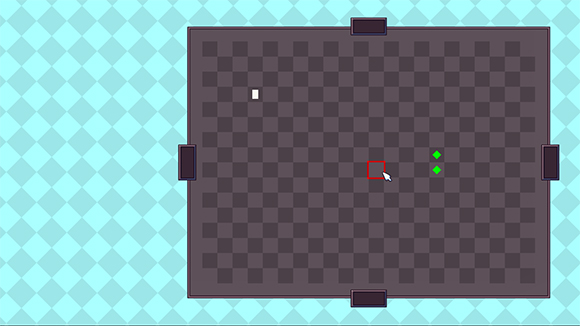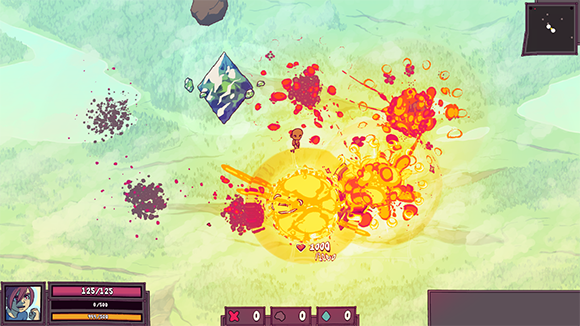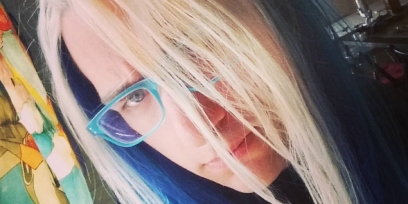Dev Log: Enemy Wave HUD
Here's something that has been on my task list since forever: showing incoming enemy waves on the HUD! Originally the bottom right spot was going to be something different, but for now the incoming wave information felt like it was more important than anything else that could be there.
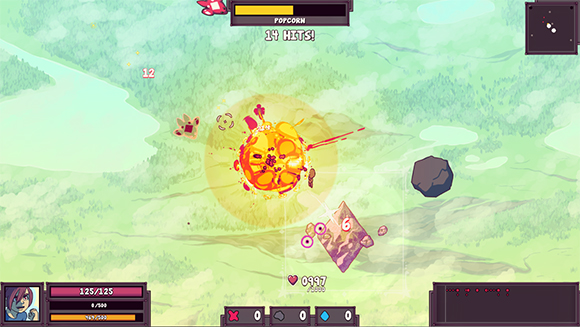
Now you can see how many enemies are going to be coming at you in the future. The little blips on the hud scroll from right to left as time marches on.
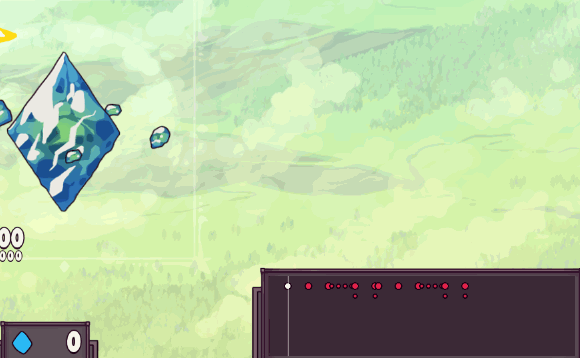
The enemies are arranged vertically depending on which spawn point they're coming from. I'm not sure how much information will be available to the player from here, but for now you can tell the size of the enemy and how many are coming up. I feel like this took me way too long to figure out, and I'm still not 100% happy with how I implemented it, but hey it works!

Now you can see how many enemies are going to be coming at you in the future. The little blips on the hud scroll from right to left as time marches on.

The enemies are arranged vertically depending on which spawn point they're coming from. I'm not sure how much information will be available to the player from here, but for now you can tell the size of the enemy and how many are coming up. I feel like this took me way too long to figure out, and I'm still not 100% happy with how I implemented it, but hey it works!
No Comments









